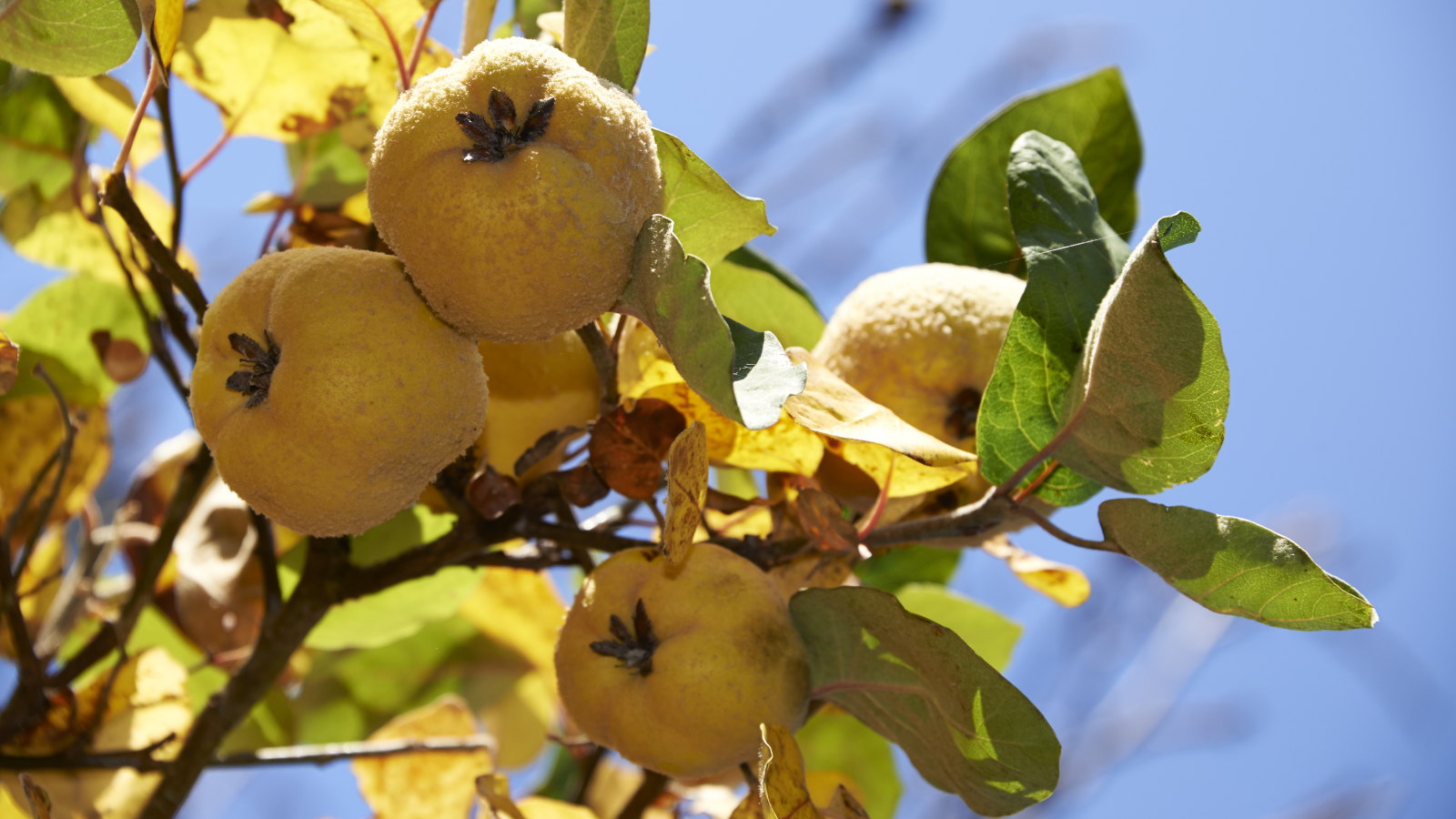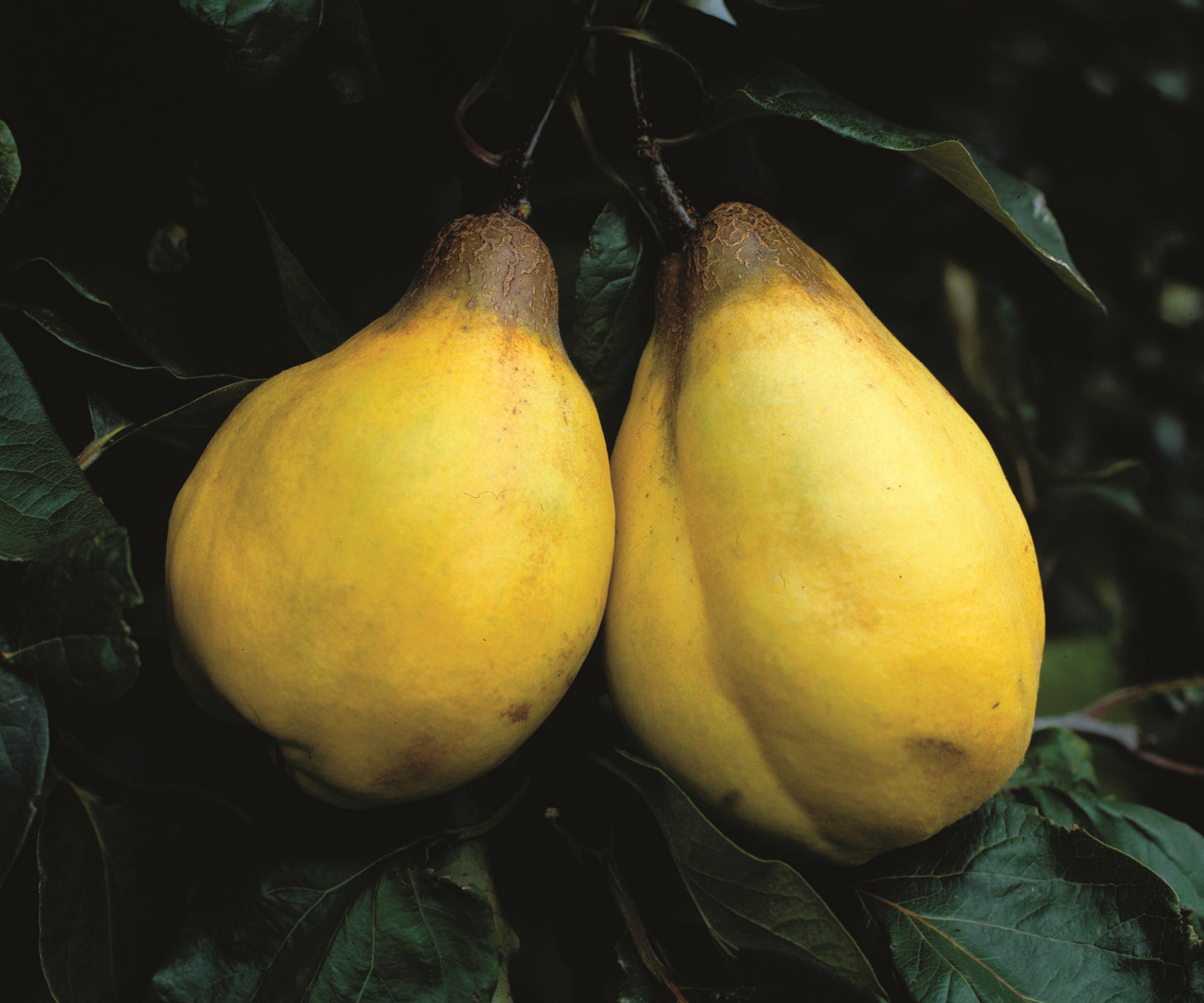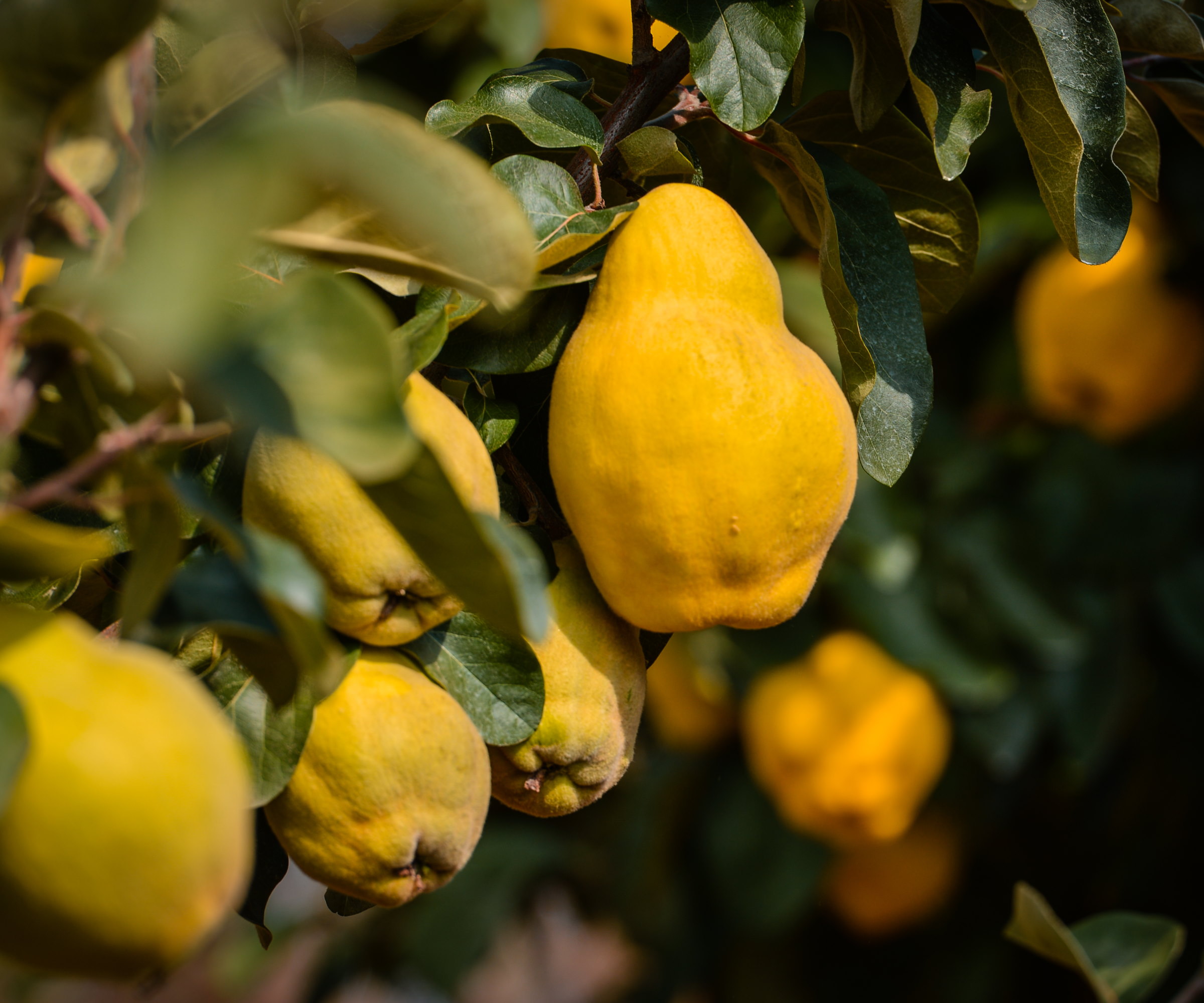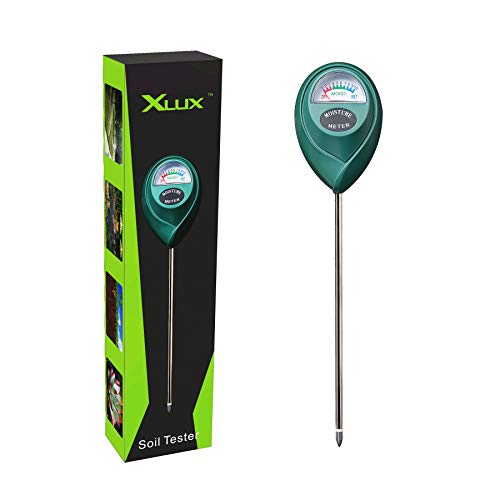How to grow quince – for unique fragrant fruits and ornamental, easy-to-grow trees
Quince trees deserve to be more desirable, and here’s why


Quinces are not the most popular fruit trees, nor do you commonly see the unusual, large fruits sold in stores. However, they do make great low-maintenance fruit trees that can survive fairly cold temperatures.
Among the many positives for quinces are that you can get compact forms for smaller spaces, they are self-fertile, and don’t suffer from many pest or disease issues. However, the reduced popularity may come from the fact that the sizable, fragrant fruit cannot be consumed fresh from the tree. A harvested quince needs to be stored and then cooked to bring out its flavor, but it is ideal for jellies, jams, pies, and other desserts.
A quince can, however, be one of the easiest fruit trees to grow at home. With its scented, pale-pink flowers and downy foliage, it also makes a great ornamental addition to any garden. So let’s take a close look at how to grow quince trees and reveal why you should consider adding one of these historic fruit trees to your yard.

Where to grow quince trees – a guide to planting quince
A quince is not a fast-growing fruit tree, and there are different varieties available with fruits that come in varying shapes, sizes, and flavors.
All quince trees you see for sale are grafted onto different rootstocks to limit their size, which includes dwarfing stocks, making them suitable for smaller spaces, up to varieties that will reach 13-20 feet at maturity.
Quince trees are cold-hardy to -15°F and suitable for US hardiness zones 5-9. Even though they can survive colder temperatures, trees prefer warm and protected environments to produce the best crop.
Sheryl Normandeau, experienced gardener and co-author of 'The Prairie Gardeners’ Go-To for Fruit', recommends: 'Situate quince trees in full sun for prolific fruit production.'
Design expertise in your inbox – from inspiring decorating ideas and beautiful celebrity homes to practical gardening advice and shopping round-ups.
An ideal spot to grow a quince tree would receive at least eight hours of direct sunlight and be protected from winds. And more sun means sweeter fruits when you grow quinces.
Also, as the early quince tree flowers are susceptible to damage from frosts, it is beneficial to give the tree a warm and sheltered spot, especially in colder climates. In such a climate, you could grow quince against a south-facing wall where it can enjoy warmer temperatures.
While they do not like temperatures too cold for long, and need warmth for the best fruiting, quince trees are, however, unsuitable for hotter locations. Sheryl Normandeau says: 'They will not reliably produce fruit in warm climates as they require a chilling period of 100 to 300 hours.'
Quince trees like fertile and moisture-retentive soil. Adding organic matter, such as compost, well-rotted manure, or leaf mold, is a recommended way to improve the soil's structure and the moisture-holding capacity to the benefit of the quince trees.
The ideal time to plant fruit trees is in late winter or early spring, once the ground is workable. Avoid planting them in hot and dry weather, as the tree will be stressed and you'll need to do lots of watering to ensure it establishes a strong root network.

Sheryl Normandeau is a Master Gardener and writer. She is the author of 'The Little Prairie Book of Berries' and the co-author of the Guides for the Prairie Gardener series of books - which includes 'The Prairie Gardener’s Go-To for Fruit', available at Amazon.
How to grow quince trees – expert care tips

Watering
Quince trees need regular watering for the first year to get them established, but even after that, they have quite specific watering requirements, especially if you want to get a quince tree to fruit.
As Sheryl Normandeau outlines: 'Quince trees require well-drained but consistently moist soil.' They want at least an inch of water a week and will need regular deep watering every few weeks, especially during dry periods in spring and summer.
The soil should be consistently moist, and a lack of water causes the trees to drop their fruits. Mulching around quince trees is advisable to retain more moisture in the soil.
Feeding
Quince trees want annual feeding towards the start of the growing season. For when to fertilize fruit trees, Sheryl Normandeau recommends: 'You can side dress your quince trees with compost early in the spring, or offer a balanced fertilizer such as 20-20-20. Follow the package recommendations for the rate of application.'
It would be fertilizing mistake to use high-nitrogen feeds or over-fertilize quince trees, as lots of lush growth makes them more susceptible to fire blight.
Pruning
Quince trees don't need lots of regular pruning, but a light touch every few years helps keep them productive and healthy. Prune the fruit tree during dormancy, ideally in late winter or early spring.
To prune quince trees once established, remove any dead, diseased, or damaged branches, along with any weak, congested, or crossing branches. This can be enough to improve the penetration of air and light into the canopy to keep the tree healthy and help to ripen fruits.
Harvesting

The unique quince fruits are harvested in the fall, usually between September and November, depending on the region. The way to tell if a quince is ready to pick comes down to color and smell of the fruit.
'The fruit will lose all of its green colour and turn to a rich golden yellow colour when it is ripe,' says Sheryl Normandeau. 'The fruit will also have a strong, sweet citrusy fragrance.'
Leaving the fruits on the tree as long as possible helps it develop the fullest flavor, though all fruits need to be picked before the first frost.
Handle the fruits carefully and use sharp pruning shears to cut them from the tree.
Place the quince in shallow trays and store them away from other fruits. The fruit will continue to sweeten and soften after picking, and should be stored for 6-8 weeks before being cooked.
FAQs
What is the lifespan of a quince tree?
Quince trees can live up to 50 years when growing in ideal conditions. They tend to take 2-4 years from planting to start producing fruit and remain highly productive until around the age of 25 years.
Can you eat quince straight off the tree?
Some varieties of quince are soft enough to eat freshly picked; however, the vast majority of quince varieties produce fruit that is too tough and tart to eat straight off the tree. They are best left to fully ripen and soften before cooking to release the quince's sweet taste.
There is a long history of growing quince trees throughout Asia and Europe, but the tree has fallen out of favor in recent years.
In the same way, medlar trees are often overlooked, and you rarely find the fruits in stores, so you need to grow your own to enjoy them.
This guide to how to grow medlar trees reveals lots of planting and care tips for if you want to cultivate your own in US hardiness zones 5-8.

Drew has worked as a writer since 2008 and was also a professional gardener for many years. As a trained horticulturist, he worked in prestigious historic gardens, including Hanbury Hall and the world-famous Hidcote Manor Garden. He also spent time as a specialist kitchen gardener at Soho Farmhouse and Netherby Hall, where he grew vegetables, fruit, herbs, and cut flowers for restaurants. Drew has written for numerous print and online publications and is an allotment holder and garden blogger. He is shortlisted for the Digital Gardening Writer of the Year at the 2025 Garden Media Guild Awards.
You must confirm your public display name before commenting
Please logout and then login again, you will then be prompted to enter your display name.


